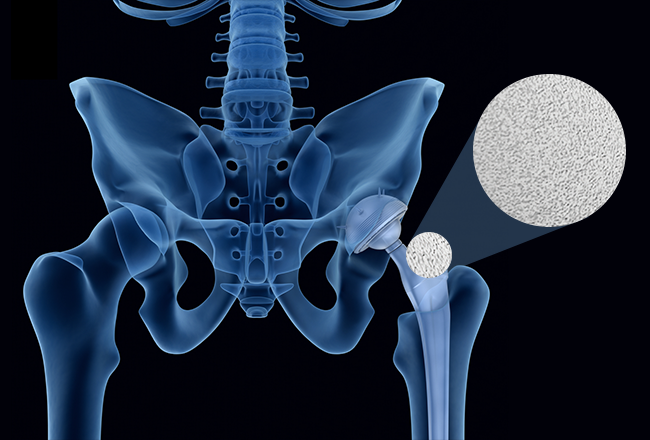In the world of medical implants, innovation continually drives progress. One such advancement that has transformed the field is dual-coating, specifically the combination of Titanium and Hydroxyapatite coatings. This dynamic duo has gained widespread recognition for its exceptional benefits in enhancing implant performance, durability, and patient outcomes. In this blog, we'll delve into the significance of dual-coating with Titanium and Hydroxyapatite and why it's the preferred choice for many implant applications.
1. Strength Meets Biocompatibility
Titanium is renowned for its remarkable strength and biocompatibility, making it a favored choice for implant materials. However, it lacks the innate ability to encourage bone growth and osseointegration. On the other hand, Hydroxyapatite is a bioactive material known for its bone-friendly properties. By combining Titanium and Hydroxyapatite coatings, we get the best of both worlds.
The Titanium component provides the implant with exceptional strength, while the Hydroxyapatite component enhances biocompatibility, ensuring a harmonious interaction with the surrounding tissues. This dual approach ensures a more stable, long-lasting implant that's less likely to cause complications.
2. Improved Osseointegration
Osseointegration, the process by which an implant fuses with the surrounding bone tissue, is crucial for the long-term success of implants. Dual-coating with Titanium and Hydroxyapatite creates an ideal surface for bone cells to attach and proliferate.
The Hydroxyapatite component stimulates the formation of new bone tissue around the implant, promoting strong osseointegration. This means that the implant becomes an integrated part of the body, providing stability and reducing the risk of loosening or implant-related complications.
3. Reduced Stress Shielding
One of the challenges with some implant materials is stress shielding, where the implant absorbs most of the load, causing the surrounding bone to weaken over time. This can lead to bone loss and implant instability.
The combination of Titanium and Hydroxyapatite coatings helps to distribute mechanical stresses more evenly, reducing the risk of stress shielding. This not only enhances the implant's performance but also preserves the health of the adjacent bone tissue, minimizing the need for revision surgeries.
4. Versatility in Applications
Dual-coating with Titanium and Hydroxyapatite isn't limited to a single type of implant. It's incredibly versatile and can be applied to various implants, including hip and knee joint replacements, dental implants, and spinal implants. This adaptability means that patients can benefit from this winning combination in a wide range of medical scenarios.
5. Enhanced Patient Well-Being
Ultimately, the importance of dual-coating with Titanium and Hydroxyapatite lies in its ability to enhance patient well-being. Implants are often a lifeline for individuals with degenerative conditions or injuries, and their success is critical to improving the quality of life.
With this dual-coating, patients can enjoy implants that are not only strong and durable but also biocompatible and well-integrated with their bodies. This means fewer complications, reduced pain, and improved long-term outcomes, allowing patients to regain their mobility and enjoy a better quality of life.
Conclusion
Dual-coating with Titanium and Hydroxyapatite is a game-changer in the world of medical implants. Its unique combination of strength, biocompatibility, and osseointegration benefits makes it a preferred choice for both patients and healthcare professionals. As technology continues to advance, we can expect even more innovations in the field of implant coatings, further enhancing the effectiveness and longevity of these life-changing devices.

